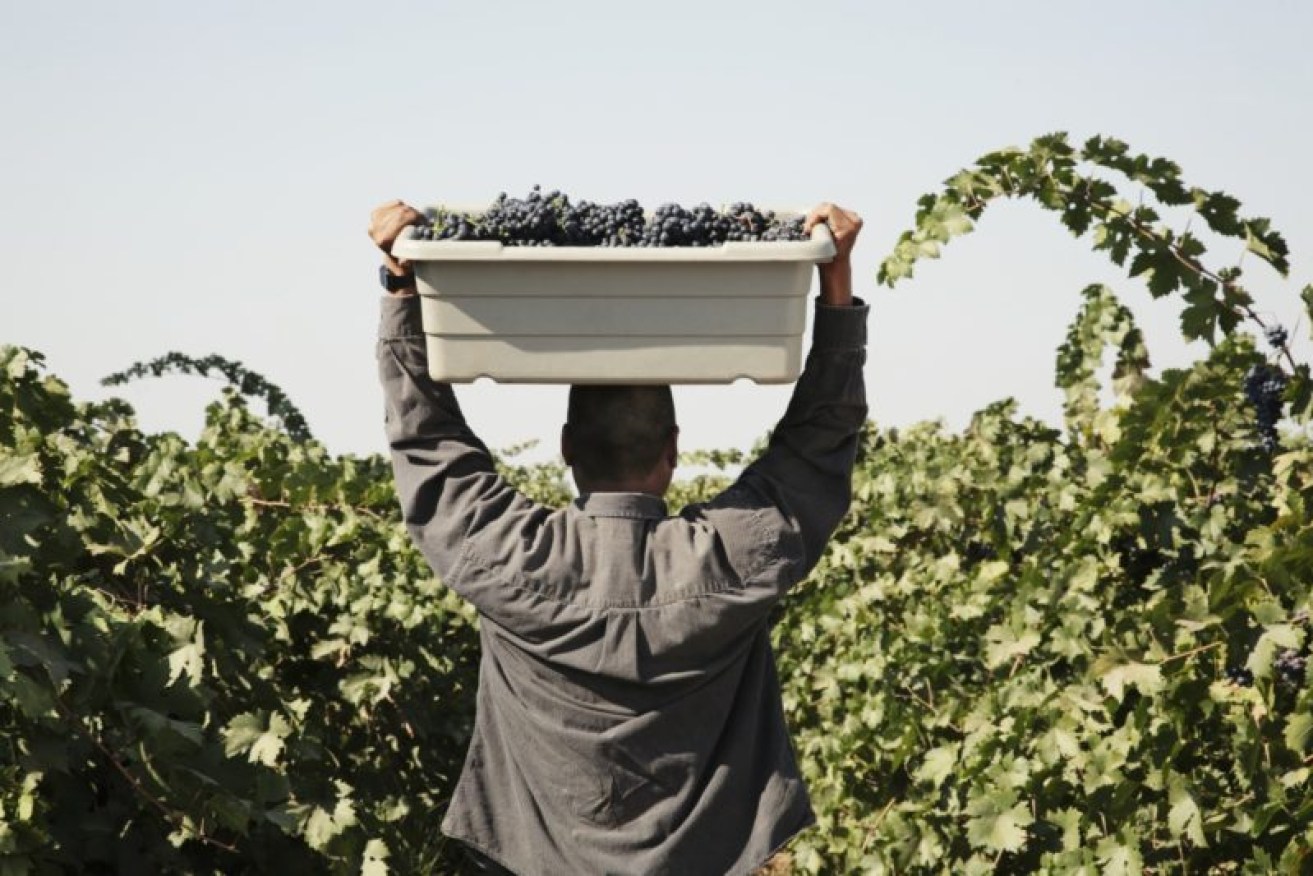Unpaid super is worst in low-income areas


Unpaid super is worse for casual and regional workers. Photo: Getty
The problem of underpayment of superannuation guarantee commitments by employers is more pronounced in regional and low-income areas, according to new research from Industry Super Australia (ISA).
While the phenomenon is widespread across the country, the performance among states and within states differs markedly.
Across the country some 2.76 million workers, or 32 per cent of those getting super guarantee payments, were owed $5.6 billion in under or unpaid super, or an average of $2025 each in 2013-14, ISA estimated based on tax data.
About 610,000 workers received no super guarantee payments at all.
However, in individual states and territories the ratio of underpaid workers varied from 29 per cent in South Australia to 40 per cent in the Northern Territory.
Within the states and regions, the performance also varied markedly. The worst performers were Darwin and its satellite city of Palmerston where 42 per cent of workers had been underpaid an average of $2953 each. Elsewhere in the NT the seat of Lingiari, which covers the rest of the Territory, 37 per cent of workers suffered underpayment.
Workers in the central and western Queensland and the coastal cities of Mackay and Rockhampton were also hard hit. The federal electoral seats of Herbert and Dawson experienced underpayment of 35 per cent and 37 per cent respectively.
In Sydney, hard hit regions included the city’s south-western suburbs of Campbelltown, Leumeah, Glenfield and Liverpool, as well as the inner city electorate of Sydney. Here underpayment ranged from 36 per cent to 37 per cent.
The research showed 15 of the 25 most-affected electorates were in New South Wales. Seven of the 10 least-affected electorates, as a percentage of eligible employees, were represented by members of the Liberal party, including Kelly O’Dwyer, Josh Frydenberg and Tim Wilson.
Five of the 10 most affected electorates by percentage of eligible employees were represented by members of the Labor party, including Tanya Plibersek, Warren Snowdon and Chris Hayes.

The worst performing regions. Source: ISA
ISA public affairs chief Matt Linden told The New Daily the worst affected areas tended to be in low-income regions where there is a high incidence of casual work in occupations like construction.
Conversely, the areas with the lowest level of super underpayments were higher income and tended to be in capital cities.

Best performing areas. Source: ISA
The phenomenon of underpaid super is widely accepted and the Senate is currently conducting an inquiry into it. However, there is some dispute over the numbers. The Association of Superannuation Funds of Australia has put the annual figure of unpaid super at about $2.75 billion, affecting 650,000 workers.
The Australian Tax Office told the Senate committee it is wary of estimating underpaid superannuation, as it finds it a “challenging” task. It described Industry Super’s 2016 estimates as “not … reliable” and “too high”.
A loophole in the system allows employers to substitute payments made by employees under salary sacrifice elections for their own liabilities for the super guarantee. ISA says this costs employees about $1 billion a year but the ATO does not know how many employers are using the loophole.








